Fourth Grade Art Gallery
Chesapeake Bay Ecosystem Watercolors: Making Connections between Science and Art
Before creating these paintings, students described, analyzed, interpreted, and judged art work by Winslow Homer.
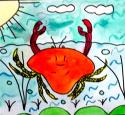 |
 |
 |
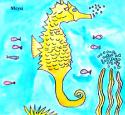 |
Chesapeake Bay Named Fish
By including their first names in the center of their bay creature and adding colorful patterns, students turned a realistic drawing into a abstract art piece.
 |
 |
 |
 |
Cubism Paintings
Students responded to artwork produced by Pablo Picasso and George Braque.
 |
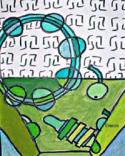 |
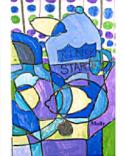 |
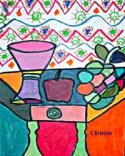 |
Native American Weaving: God's Eyes
Students identified weavings and the textile arts from a variety of cultures.
 |
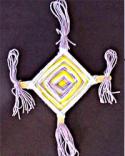 |
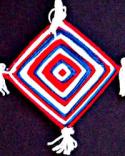 |
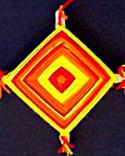 |
Geometric Designs: Sequencing and Stitchery
Students identified stitchery and other fabric decorations from a variety of cultures. This project was a good supplemental activity not only reinforcing mathematical skills but also following procedural steps.
 |
 |
 |
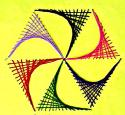 |
Magnets as Functional Assemblage Sculptures: Going Green
Students compared and contrasted modern assemblage to traditional collage and sculpture. They learned that an assemblage is a 3- dimensional form created with everyday objects.
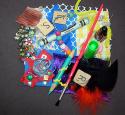 |
 |
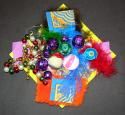 |
 |


